A new project I'm working has to be highly modular. All the electronics will be hidden in a case, so I was wondering if there's any way to use magnets and pass current through them for the project?
It's well known that neodymium magnets could lose their magnetic capabilities in extreme heat, so simply soldering wires to the magnets is out of the question. Is there anything I could do to solve this problem?
Also the magnets might need to run close to 4 Amps of current, which shouldn't be a problem if the metal coating on the magnet is good.

